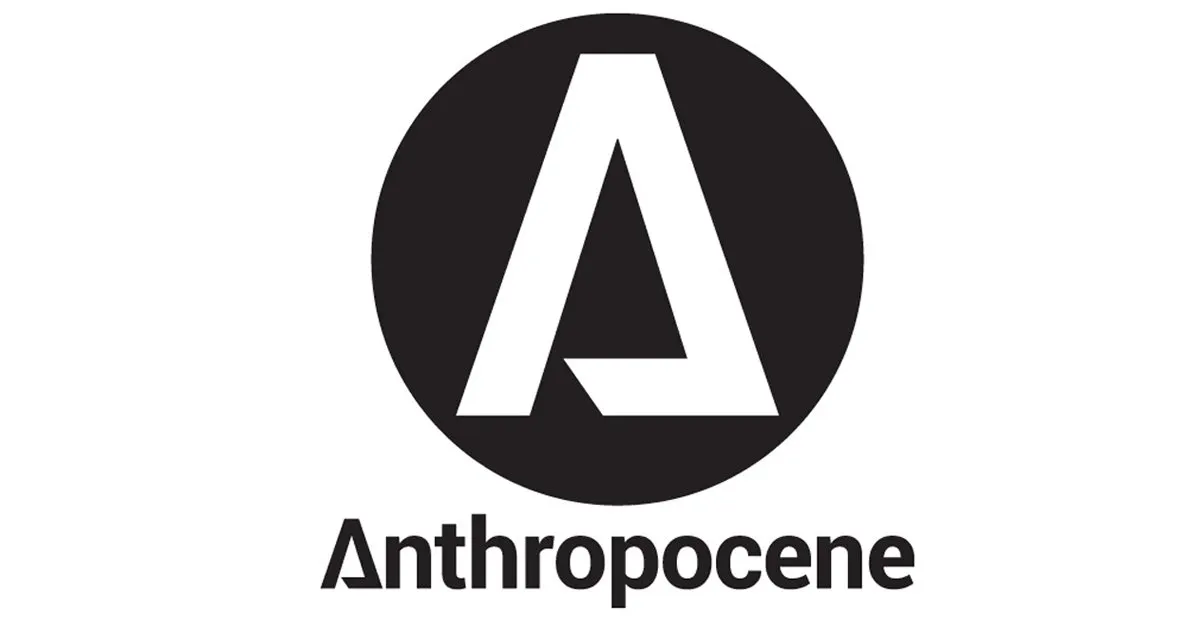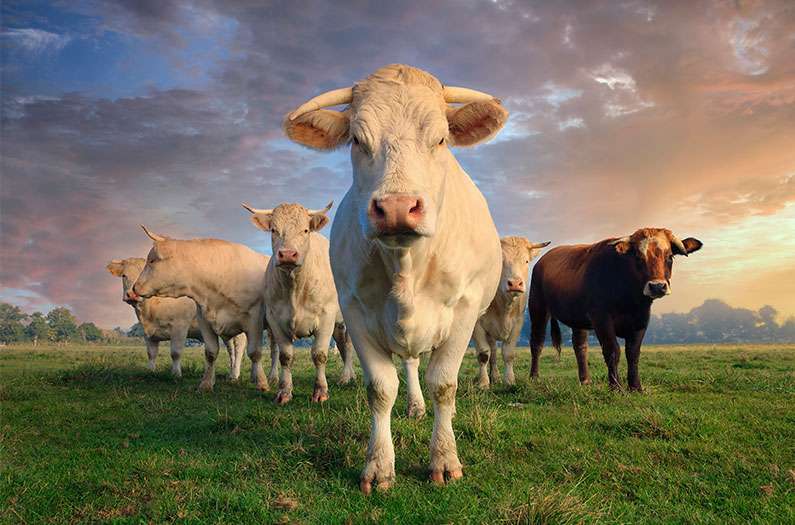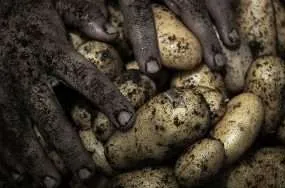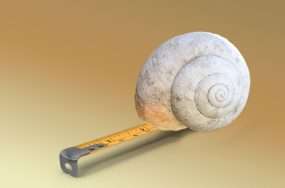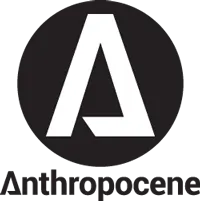For the first time, researchers have shown that feeding seaweed to grazing cattle can reduce their methane emissions by almost 40%.
The finding is part of a long line of research on the methane-busting powers of red algae, and now it reveals the climate benefits of this abundant seaweed in grazing cows, the most gaseous of all.
Previously, the team of researchers had shown that red algae—a species of seaweed called Asparagopsis taxiformis—could reduce methane emissions in feedlot cattle and dairy cows. The remarkable algae contains compounds that inhibit the activity of methane-making microbes in cow guts, and for years it has been showing striking results on cattle farms around the world, where farmers are already incorporating it into their animal feed.
So far, studies have shown that seaweed amendments to cattle feed can cut methane emissions by over 80% when fed to cattle in feedlots, and over 50% in dairy cows.
But cows raised mainly in pasture present a different challenge, because these animals roam freely and so it’s more difficult to incorporate the algae into their diets in a regimented way. “The main criticism of feed additives has been that it was not applicable to grazing cattle, which is the majority of ruminants. So in this work, we show that it is possible to apply to pasture based animals,” says Ermias Kebreab, lead author and professor of sustainable agriculture at the University of California, Davis.
Of all cows, grazing cattle produce the most methane: these animals consume more of the fibrous material in grass, which requires more work to digest and therefore more gaseous output. This makes the new study especially relevant.
The site of the experiment was a cattle ranch in Montana, where the research team worked with 24 cows. They split these animals into two groups: one that would receive the red algae through food pellets, and a control group that would not receive any seaweed supplements at all.
For ten weeks, the researchers dispensed the pellets to the grazing cattle to eat through a piece of equipment called the GreenFeed system. This structure served a double purpose: as cows stuck their heads inside the GreenFeed hood, it also took a reading of methane, carbon dioxide, and hydrogen emissions in their breath.
Additionally, every two weeks each animal was weighed, to check that the pellet diet wasn’t affecting their appetite and intake of nutrients.
When compared with the controls, the algae-dining cattle showed an average 37.7% decline in methane emissions—meaning the seaweed could curb the emissions of these greenhouse gas intensive cattle by over a third if it became a regular part of their diets.
The researchers also found that while the control’s methane emissions stayed relatively uniform the whole way through the experiment, the cattle that had fed on the seaweed showed a sudden decline in methane output about two weeks after it was introduced into their diets. Methane emissions stayed low for the five weeks after that, remaining below the control group’s emissions the whole time.
Meanwhile, the algae supplement had no effect on the cow’s overall health or weight, in line with the findings of previous research.
These results are striking considering that the cows fed themselves voluntarily, meaning their intake is probably relatively low, and could be optimized with other measures. “We intend to look into how we can incorporate [red algae] into lick blocks or even water to reduce emissions,” says Kebreab. Lick blocks are commonly placed on grazing fields to provide cows with extra nutrients.
The researchers think that the seaweed could also be incorporated into supplemental feed that grazing cattle are typically offered in wintertime, which would help introduce this methane aid in a more controlled and measurable way.
Either way, expanding the methane-busting power of seaweed into the pasture brings us closer to the reality of a climate-friendly cow.
Kebreab et. al. “Mitigating methane emissions in grazing beef cattle with a seaweed-based feed additive: Implications for climate-smart agriculture.” PNAS. 2024.
Image: ©Unsplash+
